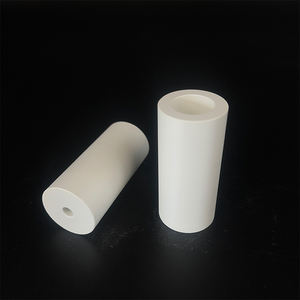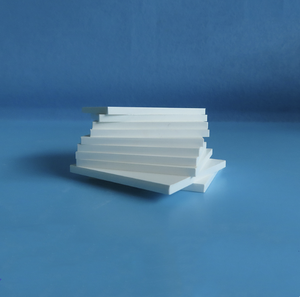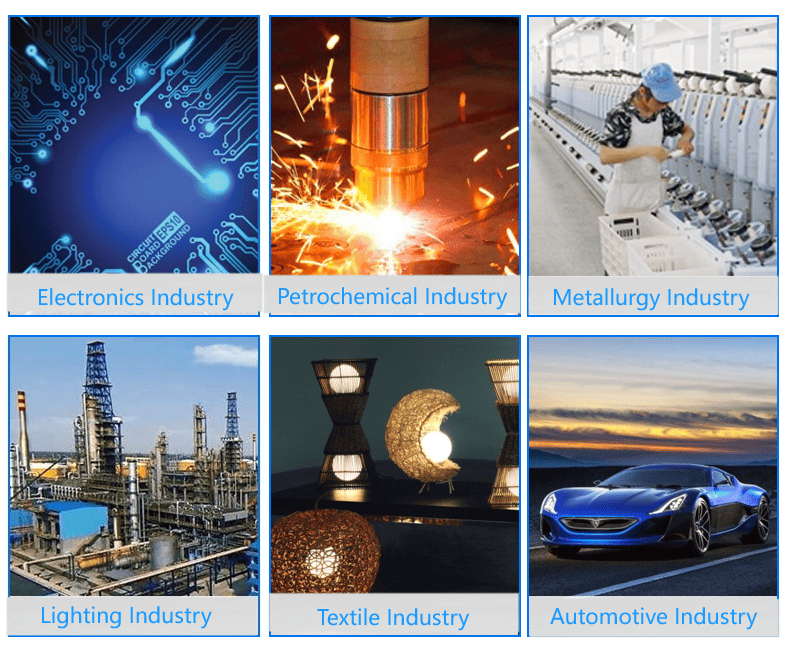Discover Premium Ceramic Products | Durability & Elegance United | Advanced Ceramics
PRODUCT PARAMETERS
Description
Introduction to Alumina Ceramics
Alumina ceramics are known for their high hardness, wear resistance, corrosion resistance, good electrical insulation and high temperature stability. According to the different alumina content, it can be divided into different grades, such as 95 porcelain, 99 porcelain, etc., among which 99 porcelain refers to ceramic materials with an alumina content of 99%. As the alumina content increases, its mechanical strength and electrical insulation properties will also increase accordingly.
Characteristics of Alumina Ceramics
High Hardness: Alumina ceramics have extremely high hardness, which makes it very wear-resistant and suitable for manufacturing abrasive tools and parts that require wear resistance.
Wear resistance: Due to its high hardness, alumina ceramics show excellent wear resistance and are suitable for manufacturing parts for long-term use.
Corrosion resistance: Alumina ceramics have good resistance to most acids and alkalis, making them widely used in the chemical industry.
Good electrical insulation: As an excellent electrical insulating material, alumina ceramics are widely used in electronic and electrical products.
High temperature stability: Ability to withstand extremely high temperatures without significant physical or chemical changes, which makes it an ideal choice for applications in high temperature environments.
Biocompatibility: In the medical field, certain grades of alumina ceramics are used to make medical devices such as artificial joints due to their good biocompatibility.
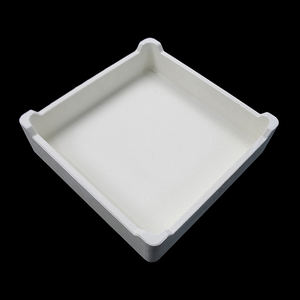
(Porous Fine Ceramic Insulator 95% Al2O3 Aluminum Oxide Ceramic Board Ceramic Alumina Plate)
Specifications of Porous Fine Ceramic Insulator 95% Al2O3 Aluminum Oxide Ceramic Board Ceramic Alumina Plate
The porous great ceramic insulator made from 95% Al2O3 light weight aluminum oxide ceramic is developed for high-performance applications. The product combines resilience with thermal stability. It works in extreme temperatures, taking care of as much as 1650 ° C. This makes it excellent for commercial heating systems or digital parts needing warm resistance. The high alumina content ensures reduced thermal development. This minimizes cracking under fast temperature level changes. The ceramic structure is permeable, with a porosity rate around 20-30%. This enhances insulation by capturing air within the material. The open-cell layout enables regulated gas or fluid passage in specialized configurations.
The board has strong mechanical properties. It withstands wear, corrosion, and chain reactions with acids or antacid. This extends its life expectancy in rough atmospheres. The surface area is smooth, with a roughness listed below 0.8 micrometers. This guarantees also call when used as a base for circuits or sensing units. Requirement density ranges from 1mm to 10mm. Personalized dimensions are offered for particular requirements. The ceramic is light-weight contrasted to metals, reducing installment in compact areas.
Electric insulation is a crucial feature. The alumina ceramic blocks high-voltage currents, protecting against brief circuits. It is made use of in power circulation systems, semiconductor production, and furnace linings. The product is non-reactive, staying clear of contamination in labs or cleanrooms. It can be machined right into specific forms making use of typical tools. Drilling or reducing does not damage its structural honesty.
The ceramic plate is compatible with vacuum cleaner atmospheres. It maintains performance under low-pressure problems. Applications consist of aerospace parts or vacuum cleaner heater components. The product meets industry requirements for thermal conductivity, ranked at 20-25 W/m · K. This balances warm dissipation with insulation demands. It is affordable for large projects due to lengthy service life and very little upkeep.
Typical usages include heat shields, sensing unit housings, and insulating layers in electronics. The permeable layout sustains driver service providers in chemical handling. It is a trusted option for designers focusing on security and performance.
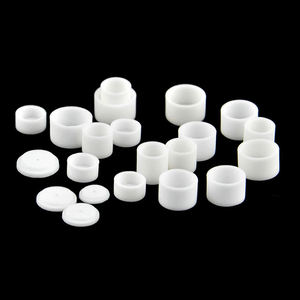
(Porous Fine Ceramic Insulator 95% Al2O3 Aluminum Oxide Ceramic Board Ceramic Alumina Plate)
Applications of Porous Fine Ceramic Insulator 95% Al2O3 Aluminum Oxide Ceramic Board Ceramic Alumina Plate
Porous fine ceramic insulators made from 95% Al2O3 light weight aluminum oxide ceramic boards are commonly used in sectors requiring high warm resistance and electrical insulation. The material’s high alumina content ensures strength and toughness. It functions well in extreme problems without damaging down.
These ceramic boards manage temperature levels approximately 1700 ° C. This makes them optimal for furnace cellular linings, kiln furniture, and heat shields. Their permeable structure enables airflow while keeping insulation. This balance protects against overheating in devices.
In electronic devices, the material functions as a substrate for circuits. It protects elements from heat and electric currents. The low thermal growth lowers deforming under temperature level adjustments. This keeps gadgets steady gradually.
The ceramic plates are utilized in laser innovation. They sustain laser elements requiring accurate alignment. Their thermal stability prevents distortion during procedure. This guarantees regular performance in cutting or engraving jobs.
Chemical processing counts on these porcelains for corrosion-resistant components. They stand up to acids and alkalis. Reactors and pipes utilize them to avoid contamination. The non-reactive surface keeps chemicals pure throughout manufacturing.
Clinical devices makes use of the material for sterilization trays and dental implant tools. It stands up to repeated autoclave cycles. The biocompatibility makes it risk-free for straight call in surgical settings.
Automotive systems make use of ceramic boards in sensing units and ignition parts. They sustain engine warmth and electric anxiety. This boosts dependability in ignition system or exhaust surveillance.
The porous design permits modification for gas filtration. Great pores catch fragments while allowing gases pass. This serves in environmental sensing units or air quality systems.
Manufacturers select 95% Al2O3 ceramic for its cost-effectiveness. It lasts longer than many alternatives. Minimal maintenance minimizes downtime. The product is machinable for complex forms.
These ceramic plates are functional across aerospace, energy, and research study. They fulfill strict criteria for safety and efficiency. Their flexibility matches both small laboratories and industrial assembly line.
Company Introduction
Advanced Ceramics founded on October 17, 2014, is a high-tech enterprise committed to the research and development, production, processing, sales and technical services of ceramic relative materials and products.. Since its establishment in 2014, the company has been committed to providing customers with the best products and services, and has become a leader in the industry through continuous technological innovation and strict quality management.
Our products includes but not limited to Silicon carbide ceramic products, Boron Carbide Ceramic Products, Boron Nitride Ceramic Products, Silicon Carbide Ceramic Products, Silicon Nitride Ceramic Products, Zirconium Dioxide Ceramic Products, Quartz Products, etc. Please feel free to contact us.(nanotrun@yahoo.com)
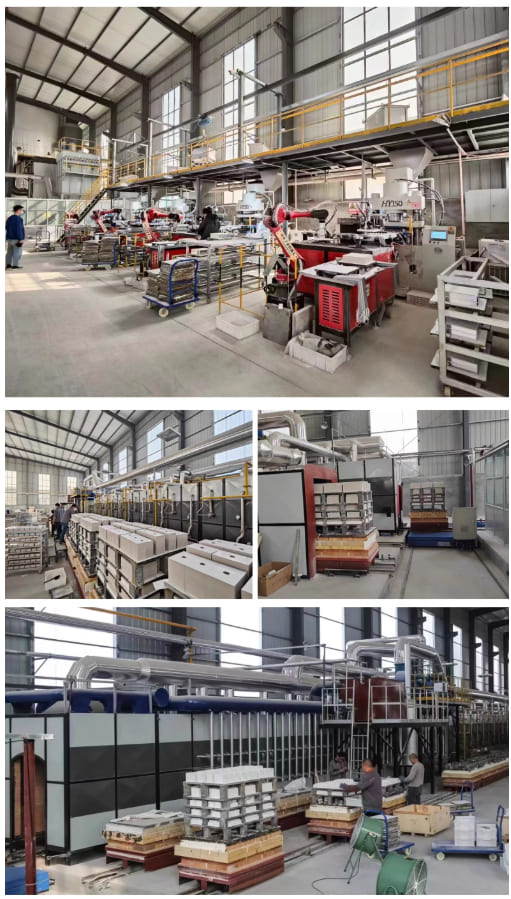
Payment Methods
T/T, Western Union, Paypal, Credit Card etc.
Shipment Methods
By air, by sea, by express, as customers request.
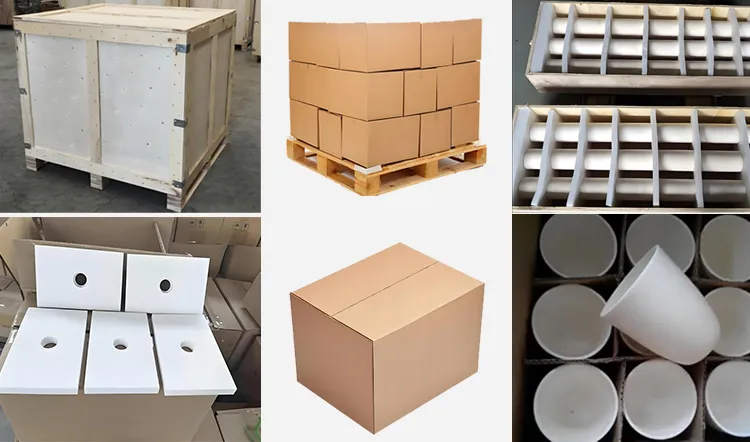
5 FAQs of Porous Fine Ceramic Insulator 95% Al2O3 Aluminum Oxide Ceramic Board Ceramic Alumina Plate
What is a Porous Fine Ceramic Insulator 95% Al2O3 Aluminum Oxide Ceramic Board? This material is a high-purity ceramic plate made mostly from aluminum oxide. It has a porous structure allowing limited airflow or fluid passage while maintaining insulation properties. The 95% Al2O3 content ensures strong mechanical performance and thermal stability.
Why choose 95% Al2O3 for ceramic insulation? The high alumina content improves hardness and wear resistance. It handles extreme temperatures better than lower-grade ceramics. The material resists chemical corrosion and electrical currents effectively. This makes it reliable for demanding industrial environments.
Where is this ceramic board commonly used? It serves in electronics as a base for circuits due to its electrical insulation. Industrial furnaces use it for heat shielding. Labs apply it as a stable surface for high-temperature experiments. It also works in automotive sensors and aerospace components needing thermal management.
What temperatures can this ceramic insulator withstand? It operates safely from -50°C to 1600°C. The porous structure helps reduce heat stress during rapid temperature changes. It maintains structural integrity without cracking or warping under prolonged heat exposure.
How do you clean and maintain the ceramic alumina plate? Use mild soap with water for routine cleaning. Avoid abrasive tools that might damage the surface. For stubborn residues, soak the plate in isopropyl alcohol. Store it in a dry area to prevent moisture absorption. Handle carefully to avoid mechanical shocks.
The material’s porosity can be adjusted during production to suit specific needs. Custom sizes and thicknesses are available for specialized applications. Testing confirms its compliance with industry standards for insulation and durability. Proper handling ensures long-term performance without degradation.
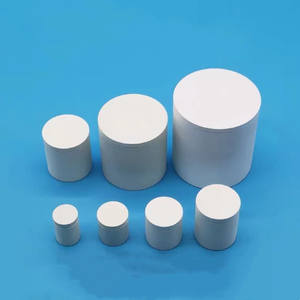
(Porous Fine Ceramic Insulator 95% Al2O3 Aluminum Oxide Ceramic Board Ceramic Alumina Plate)
REQUEST A QUOTE
RELATED PRODUCTS
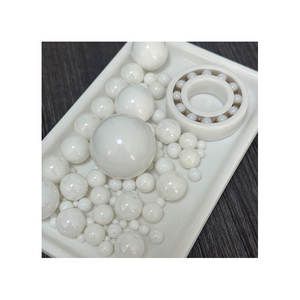
Black 99% Alumina Ceramic Honeycomb Ceramic for Electric Appliance
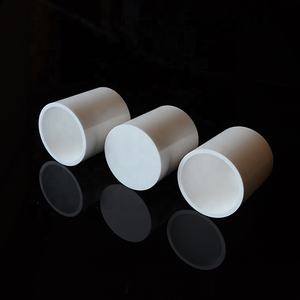
High Precision 95% Alumina Al2O3 Ceramic Disc Aluminum Oxide Wafer
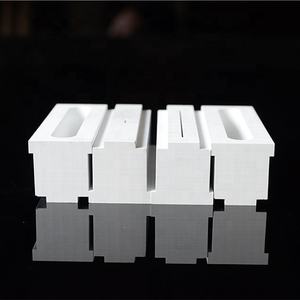
Porous Alumina Ceramic/alumina Wear-resistant Ceramic/industrial Ceramic
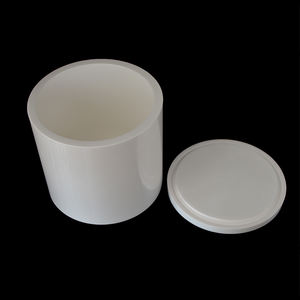
High Purity Ceramic Box Alumina Ceramic Sagger
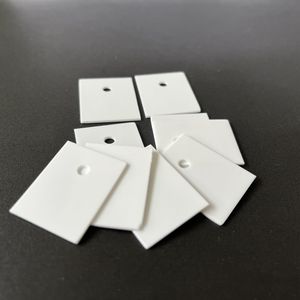
Refractory 99% Alumina Ceramic Boat Sagger For Kiln
